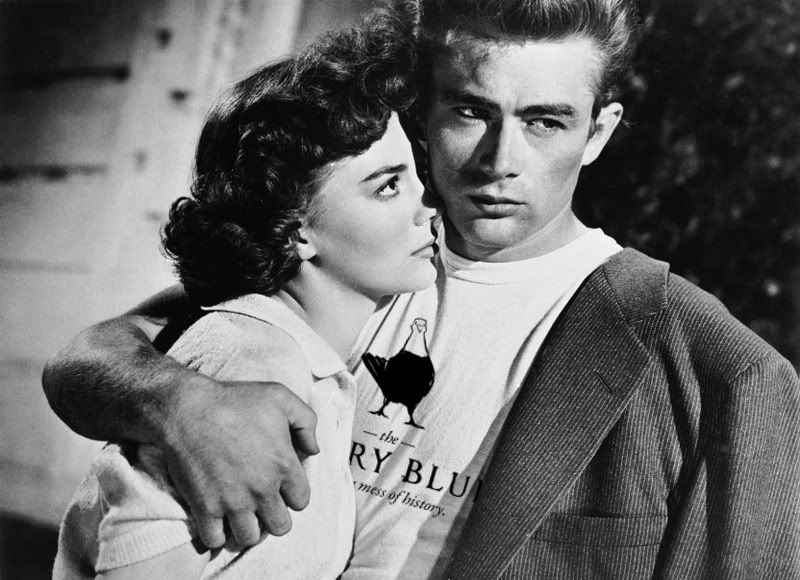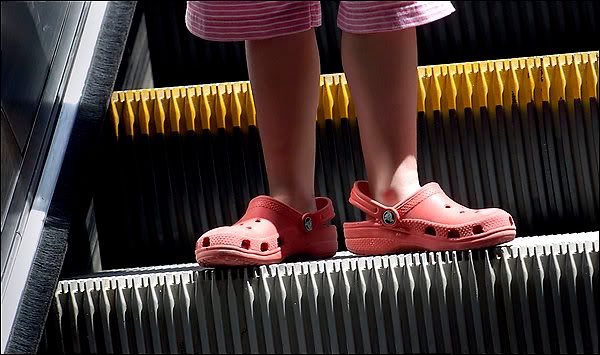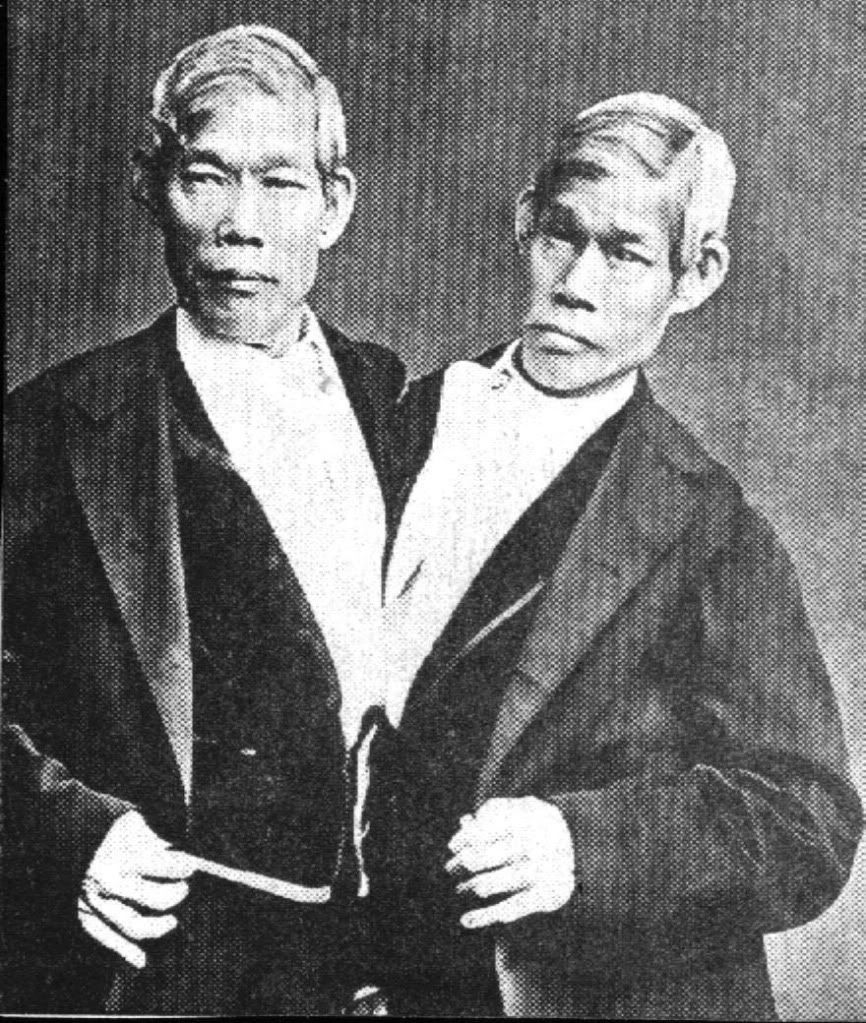
T-shirts started off as underwear. During the First World War, European soldiers wore them underneath their uniforms to keep warm. American troops copied the idea and started calling them 'T-shirts' because of their T shape.
In the 1950s, movie stars like James Dean shocked the world by wearing their T-shirts as proper clothes on telly. It caught on fast and by the 1960s T-shirts had taken over. Sports teams, clubs and rock bands were all using colours and logos on their 'tees' to get noticed.
During the 20th century, the T-shirt went from military-issue wear to an iconic fashion statement, according to the "The T-Shirt Book," a 2002 history of the garment by Charlotte Brunel.
Brunel writes that the shirt went through several mid-century phases, as a symbol of heroism worn by World War II fighters, the rebel uniform of movie icons like Marlon Brando, the socially conscious garb of the 1960s peace movement, and the in-your-face costume of the punk rock scene.
The T-shirt was also a democratizing force in the military because it was worn by all ranks, a philosophy extended to the civilian world when veterans "by the likes of Elvis Presley, John F. Kennedy as well as the working man" kept wearing the shirts after completing their service, Brunel said.
"In a word, the T-shirt is to clothing what the blank sheet of paper is to writing -- a surface for imagination and free expression to run wild," Brunel writes.
People are still using T-shirts to make statements. Madonna recently big-upped Britney Spears and Kylie Minogue by wearing their names on her chest.
The latest craze in T-shirts is 'customisation' - decorating them yourself. Trendy fashion designer JJ sparked it off by buying old clothes from charity shops and revamping them for the catwalk. Now, everyone is doing it.
Source:
http://www.t-shirtteasers.com/history-of-the-t-shirt.htm






